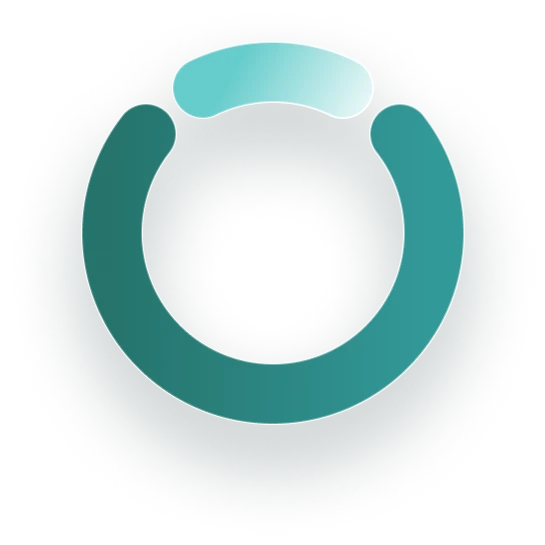Achondroplasia is passed down in an autosomal dominant manner. This means a child only needs to inherit the achondroplasia gene from one parent to be born with achondroplasia. A genetic counselor can help you understand your likelihood of having a child with achondroplasia.
PRENATAL
Whether you think your baby may be born with achondroplasia or they have already been diagnosed, this resource can help you learn more and find support.
References
- Campbell J & Dorren N. It’s a Whole New View: A Guide for Raising a Child with Dwarfism. Little People of America, Inc. https://www.lpaonline.org/assets/documents/LPA%20New%20View%20FINAL.%20122806.pdf.
- Chitty L, et al. New aids for the non-invasive prenatal diagnosis of achondroplasia: dysmorphic features, charts of fetal size and molecular confirmation using cell-free fetal DNA in maternal plasma. Ultrasound in Obstetrics & Gynecology. 2011;37:283-289.
- Hoover-Fong J, et al. Health supervision for people with achondroplasia. Pediatrics. 2020;145(6):e20201010.
- Pauli R, et al. Achondroplasia: a comprehensive clinical review. Orphanet Journal of Rare Diseases. 2019;14:1-49.
- Savarirayan R, et al. Best practice guidelines regarding prenatal evaluation and delivery of patients with skeletal dysplasia. American Journal of Obstetrics & Gynecology. 2018;219(6):545-562.
- Savarirayan R, et al. International consensus statement on the diagnosis, multidisciplinary management and lifelong care of individuals with achondroplasia. Nature Reviews Endocrinology. 2022;18:173–189.
- Shediac R, et al. Experiences of children and adolescents living with achondroplasia and their caregivers. Molecular Genetics & Genomic Medicine. 2022;10:e1891.
Community Connections
“What I want to convey to society is that rare conditions exist, and there are many people in the world who need help. I genuinely wish that the world would be kinder. I hope people have a level of knowledge that allows them to understand the condition when they see a child that is smaller or looks different.”
“Typically, with achondroplasia, people focus on height, but there are other important aspects of the condition that impact quality of life.”
“There was some unknown going into the birth. As soon as she was born, the first reaction was, ‘she is beautiful!’”
“My friends would describe me as someone with a big personality, very outgoing, and someone that always is smiling. I’m a people person, and I love making people happy.”
“Really, we are just like everyone else. We may look different, but we like being treated like everyone else.”
“The greatest joy as a parent is seeing my son be energetic and cheerful. I hope that my son will continue to look forward proudly, hold his head high, and live confidently and cheerfully.”
“Our daughter is a person. She has feelings. Yes, she may be physically different than other children or other people, but I think that it is important to be aware of those differences without necessarily calling attention to them.”
“I was four years old when my younger brother was born. I was young and didn’t understand what achondroplasia was. I don’t care if my brother is tall or short. I was simply happy to have a younger brother.”
“Shortly after he was born, he was diagnosed with achondroplasia. At first, I was worried and anxious. However, as I learned about people with achondroplasia who thrive and lead full lives, I gradually began to feel at ease.”
“I see in my future pretty much what anyone else would: graduating school, graduating college, going on to a job I like, starting a family.”
“What we have seen is that she has done a great job of adapting herself, getting creative, doing things a little bit differently, but she always finds a way to be successful.”
“We were always outside, we always were being competitive, playing sports, just being kids.”
“My joy is seeing my child’s daily progress. There were many things she couldn’t do like other children. She is gradually becoming capable of those things, little by little. I realized that it’s okay to grow slowly.”
“I would tell myself back then [at time of diagnosis], just take a deep breath and let go of the fear a little bit. Fear is normal. Once you are over that fear, you kind of just dive in. You dive into the information, and you educate yourself and learn everything you can learn about achondroplasia and really try to be your kid’s biggest advocate.”
“Having achondroplasia, you are going to come across challenges consistently. The way you are going to deal with them is really going to impact your life. Yes, I have challenges; obstacles get thrown at me all the time, but it’s the way of going about it and realizing there is so much more to life than having achondroplasia.”
“We have relied heavily on the community. We are quite appreciative of the community and the resources that are available to help parents, siblings and individuals with achondroplasia. The diversity within this community has been quite enriching on many levels.”
“His diagnosis was a major turning point in my life. This was when my new journey as a caregiver and advocate began.”
